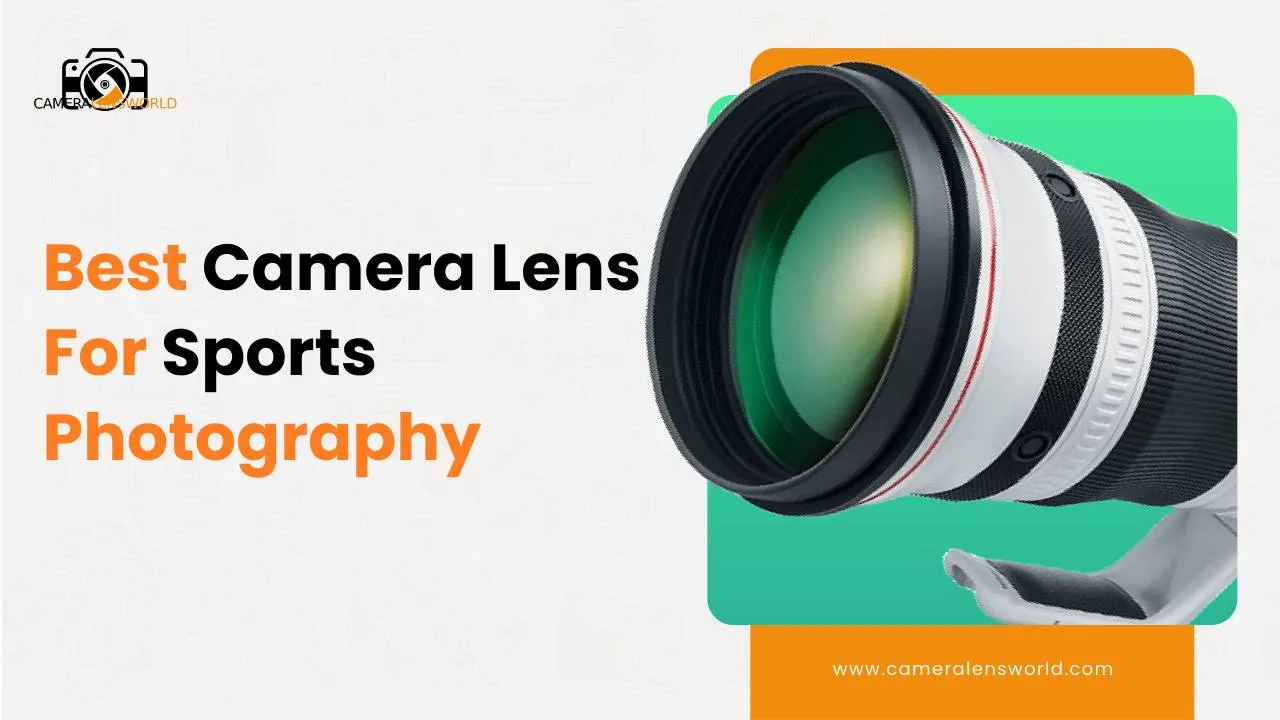
Are you a sports lover who can’t resist capturing those epic moments with your camera? Wondering which camera lens is your winning shot for sports photography? Well, you’ve just hit the jackpot! See, I’ve been right there in the stands, camera in hand, soaking in the thrill of the game. It got me thinking – what’s the best camera lens for sports photography?
After extensive research, I have written an article on the topic. If you are a beginner, you may also be interested in my previous article, a beginner’s guide for buying camera lenses.
When it comes to sports photography, it is essential to choose a lens that can capture fast-moving objects with sharp focus and correct exposure. Let’s now find the best camera lens for sports photography for your skills and passions.
List of the best camera lenses for sports photography [Quick review]
Here’s a brief compilation of the best camera lenses for sports photography.
- Canon RF 100-500mm f/4.5-7.1L IS USM
- Sigma 150-600mm f/5-6.3 DG OS HSM | S
- Sony FE 200-600mm F5.6-6.3 G OSS
- Tamron 70-200mm
- Nikon AF-S NIKKOR 24-70mm
- Sony E 70-350mm f/4.5-6.3 G OSS
- Fujifilm XF 70-300mm f/4-5.6 LM
- Nikon AF-S FX 70-300mm f/4.5-5-6
- Canon EF 70-200mm f/2.8 L IS USM III
- Tamron SP 70-200mm F/2.8 Di VC USD
- Canon EF 400mm f/2.8L IS III USM Lens
List of best camera lenses for sports photography [Detailed analysis]
Now, let’s dive into the depth of the best camera lens for sports photography.
1. Canon RF 100-500mm f/4.5-7.1L IS USM
- The Canon RF 100-500mm f/4.5-7.1L IS USM is a super telephoto zoom lens designed for full-frame cameras.
- It features a minimum aperture of f/4.5, which widens to a maximum of f/7.1.
- The lens has a maximum magnification ratio of 0.33x and a Dual Nano USM autofocus system that helps achieve fast and quiet autofocus.
| Compatible Mounting | Canon RF. |
| Angle of view | N/A. |
| Image Stabilization | Optical image stabilization. |
| No.of diaphragm blades | Nine baldes. |
| Lens construction | 20 elements in 14 groups. |
| Minimum focus distance | 0.9 m. |
| Weight | 1359 g. |
| Durability | Light and handhold. |
Reasons to buy:
- The image quality is excellent.
- Image stabilization (IS).
- Suitable for full-frame cameras.
Reasons to avoid:
- Narrow maximum aperture
- AF speed on older EOS R cameras is disappointing.
2. Sigma 150-600mm f/5-6.3 DG OS HSM | S
- he Sigma 150-600mm f/5-6.3 DG OS HSM | S is a telephoto zoom lens designed for a full-frame lens.
- It has a minimum aperture of f/5 and a maximum aperture of f/6.3
- The lens has a maximum magnification ratio of 1:5 and a Hyper Sonic Motor (HSM) autofocus with a manual override (MO) switch.
| Compatible Mounting | Canon EF. |
| Angle of view | 16°4′ – 4°1 |
| Image Stabilization | The lens has optical stabilization. |
| No.of diaphragm blades | Nine blades. |
| Lens construction | 20 elements in 14 groups. |
| Minimum focus distance | 280 cm. |
| Weight | 1930 g. |
| Durability | Water- and oil-repellent front glass makes lens maintenance easy. |
Reasons to buy:
- Excellent image quality.
- Solid construction with outstanding features.
Reasons to avoid:
- Slow aperture of 600mm.
- A relatively large and heavy camera.
3. Sony FE 200-600mm F5.6-6.3 G OSS
- The Sony FE 200-600mm F5.6-6.3 G OSS is a super telephoto zoom lens designed for full-frame cameras.
- It has a minimum aperture of f/5.6 and a maximum aperture of f/6.3.
- The lens has a maximum magnification ratio of 0.2x and a Direct Drive Super Sonic Wave Motor (DDSSM) autofocus system.
- The presence of 5 ED glass elements (extra-low dispersion) Reduces flare and ghosting.
| Compatible Mounting | Sony FE, Sony E. |
| Angle of view | N/A. |
| Image Stabilization | Lens has an Optical SteadyShot (OSS). |
| No.of diaphragm blades | 11 blades. |
| Lens construction | 24 elements in 17 groups. |
| Minimum focus distance | 2.4 m. |
| Weight | 2120 g. |
| Durability | Its features, weatherproofing, and build quality are professional quality. |
Reasons to buy:
- Optical SteadyShot (OSS).
- Range of 3x super-telephoto zoom.
Reasons to avoid:
- Heavy.
4. Tamron 70-200mm
- The Tamron 70-200mm is a telephoto zoom lens designed for a full-frame lens and APS-C.
- It has a minimum aperture of f/2.8 and a maximum aperture of f/32.
- The lens has a maximum magnification ratio of 0.16 x and an autofocus system with a micromotor-type AF motor without full-time manual focusing.
| Compatible Mounting | Canon EF. |
| Angle of view | 34°21’–12°21′ (full-frame)
22°33’–7°59′ (APS-C) |
| Image Stabilization | Almost equivalent to 5 stops. |
| No.of diaphragm blades | Nine blades. |
| Lens construction | 23 elements in 17 groups. |
| Minimum focus distance | 950 mm. |
| Weight | 1500 g. |
| Durability | The lens is weather-sealed. |
Reasons to buy:
- Optical stabilization.
- The harp is even wide open and focuses fast and accurately.
- Economical package.
Reasons to avoid:
- Build quality may not be as robust.
5. Nikon AF-S NIKKOR 24-70mm
- The Nikon AF-S NIKKOR 24-70mm is a wide-angle to medium telephoto zoom lens designed for FX DX format.
- It has a minimum aperture of f/2.8 and a maximum aperture of f/22.
- The lens has a maximum magnification of 0.27x and an autofocus system with a Silent Wave Motor (SWM) and a manual focus override.
| Compatible Mounting | Nikon F (FX). |
| Angle of view | Nikon FX D-SLRs: 84°-34°20′
Nikon DX-format DSLRs: 61°-22°50′ |
| Image Stabilization | Lens has VR image stabilization. |
| No.of diaphragm blades | Nine baldes. |
| Lens construction | 15 elements in 11 groups. |
| Minimum focus distance | 0.38 m. |
| Weight | 1070 g. |
| Durability | The lens is weather-resistant. |
Reasons to buy:
- Weather sealed.
- Solid built quality.
- Minimal distortation.
Reasons to avoid:
- Heavier.
6. Sony E 70-350mm f/4.5-6.3 G OSS
- The Sony E 70-350mm f/4.5-6.3 G OSS is a super-telephoto zoom G lens designed for APS-C-format E-mount mirrorless cameras.
- It has a minimum aperture of f/4.5 and a maximum aperture of f/6.3.
- The lens has a maximum magnification ratio of 0.23x and a Direct Drive Super Sonic Wave Motor (DDSSM) autofocus system.
| Compatible Mounting | Sony E. |
| Angle of view | AT 70mm 22° angle.
At 350mm 4°40′ angle. |
| Image Stabilization | Optical steady image stabilization. |
| No.of diaphragm blades | Seven blades. |
| Lens construction | 19 elements in 13 groups. |
| Minimum focus distance | 1.1 m. |
| Weight | 625 g. |
| Durability | Includes several high-end characteristics, such as a weather-sealed construction that resists moisture and dust. |
Reasons to buy:
- VR image stabilization.
- Suitable for APS-C cameras.
- Lightweight and portable design.
Reasons to avoid:
- Narrower maximum aperture.
7. Fujifilm XF 70-300mm f/4-5.6 LM
- The Fujifilm XF 70-300mm f/4-5.6 LM is a super-telephoto zoom lens designed for APS-C-format E-mount mirrorless cameras.
- It has a minimum aperture of f/4 and a maximum aperture of f/5.6
- The lens has a maximum magnification ratio of 0.33x and a Linear Motor (LM) autofocus system.
- Dustproof, splashproof, and -10°C temperature resistant with ten mirror tube seals. It is also excellent for sudden severe weather and dusty settings.
| Compatible Mounting | Fujifilm X. |
| Angle of view | N/A. |
| Image Stabilization | Optical image stabilization. |
| No.of diaphragm blades | Nine blades. |
| Lens construction | 17 elements in 12 groups. |
| Minimum focus distance | 83 cm. |
| Weight | 580 g. |
| Durability | The lens is well-built and weather-sealed. |
Reasons to buy:
- Strong image stabilizer.
- Weatherproof construction.
- Works with all Fujifilm X-series cameras.
Reasons to avoid:
- Potential image quality compromises at longer focal lengths.
8. Nikon AF-S FX 70-300mm f/4.5-5-6
- The Nikon AF-S FX 70-300mm f/4.5-5-6 is a telephoto lens, full-frame lens
- It has a minimum aperture of f/4.5 and a maximum aperture of f/5.6
- The lens has a maximum magnification ratio of 1:4 and an autofocus system with a Silent Wave Motor (SWM).
| Compatible Mounting | Nikon F (FX). |
| Angle of view | 34.2 – 8.1 degrees. |
| Image Stabilization | Lens has VR image stabilization. |
| No.of diaphragm blades | Nine blades. |
| Lens construction | 17 element in 12 groups. |
| Minimum focus distance | 1.5 m. |
| Weight | 725 g. |
| Durability | N/A. |
Reasons to buy:
- High-quality vibration reduction for crisper photos.
- Low chromatic aberration across focal lengths.
- Lightweight full-frame DSLR lens.
Reasons to avoid:
- Build quality.
- Slower autofocus.
9. Canon EF 70-200mm f/2.8 L IS USM III
- The Canon EF 70-200mm f/2.8 L IS USM III is a telephoto zoom lens designed for full-frame cameras.
- It has a constant maximum aperture of f/2.8 throughout the zoom range.
- The lens has a maximum magnification ratio of 0.21x and an autofocus system with a ring-type Ultrasonic Motor (USM) and a manual focus override.
- The lens is weather-sealed.
| Compatible Mounting | Canon EF. |
| Angle of view | 34 – 12 degrees. |
| Image Stabilization | Optical image stabilization up to 3.5 stops. |
| No.of diaphragm blades | 8/9 blades. |
| Lens construction | 23 elements in 19 groups. |
| Minimum focus distance | 1.2 m. |
| Weight | 1440 g. |
| Durability | The lens features weather sealing. |
Reasons to buy:
- Exceptional image quality.
- Fast f/2.8 aperture for low-light performance.
- Image stabilization (IS) for sharper shots.
- Professional-grade build and weather-sealing.
Reasons to avoid:
- High cost.
- Heavier and bulkier than some alternatives.
10. Tamron SP 70-200mm F/2.8 Di VC USD
- The Tamron SP 70-200mm F/2.8 Di VC USD telephoto zoom lens is designed for full-frame and APS-C cameras.
- It has an aperture of f/2.8 throughout the zoom range.
- The lens has a maximum magnification ratio of 1:6.1 and a ring-type Ultrasonic Silent Drive (USD) motor.
- The moisture-resistant design helps to keep moisture out of the lens.
| Compatible Mounting | Canon EF. |
| Angle of view | 34゜21′ – 12゜21′ (full-size SLR cameras)
22’33”-7’59” (APS-C digital SLR cameras) |
| Image Stabilization | VC anti-shake update with 4-stop advantage. |
| No.of diaphragm blades | Nine blades. |
| Lens construction | 23 elements in 17 groups. |
| Minimum focus distance | 1.3 m. |
| Weight | 1470 g. |
| Durability | Weather-sealed lens. |
Reasons to buy:
- Fast f/2.8 aperture for low-light photography.
- Vibration Compensation (VC).
- For full-frame and APS-C DSLRs.
- Flex Zoom Lock avoids zoom slippage.
Reasons to avoid:
- Potential autofocus issues.
11. Canon EF 400mm f/2.8L IS III USM Lens
- The Canon EF 400mm f/2.8L IS III USM is a super-telephoto zoom Lens designed for full-frame lens.
-
It has a minimum aperture of f/2.8 and a maximum aperture of f/32.
-
The lens has a maximum magnification ratio of 0.21x and a ring-type Ultrasonic Motor (USM).
| Compatible Mounting | Canon EF. |
| Angle of view | 6°10′ |
| Image Stabilization | Lens has an Optical Image Stabilizer (OIS). |
| No.of diaphragm blades | Nine blades. |
| Lens construction | 17 elements in 13 groups. |
| Minimum focus distance | 2.5 m. |
| Weight | 2840 g. |
| Durability | The lens is not weather-sealed. |
Reasons to buy:
- Exceptional image quality.
- Reliable image stabilization (IS).
- Versatile for sports, wildlife, and other telephoto photography.
Reasons to avoid:
- High cost.
- Considerable weight and bulk.
What to look for in the best camera lens for sports photography?
1- Focal length
When selecting the best camera lens for sports photography, consider focal length carefully. Longer focal lengths (e.g., 200mm or more) are ideal for capturing distant action, while wider options (around 70-135mm) can cover closer subjects. A zoom lens with a versatile focal range provides flexibility for various sports shooting scenarios.
2- Image stabilization
When choosing a camera lens for sports photography, image stabilization (IS) is crucial. Look for lenses with IS, which helps reduce motion blur during handheld shooting, especially in low light or while tracking fast-moving subjects. This feature ensures sharper, more focused sports photos, enhancing your photography results.
3- Aperture
Aperture plays a vital role in sports photography. For fast action and low-light conditions, opt for lenses with wide apertures (e.g., f/2.8) to capture sharp, well-exposed shots. A larger aperture allows more light in, enabling faster shutter speeds and greater flexibility in various sporting environments.
Best camera lens for sports photography FAQs
What size lens is best for sports photography?
The 70-200 f/2.8 non-IS lens is excellent for indoor sports photography. Sports require fast shutter speeds, and image stabilization (IS) is rarely helpful in well-lit indoor environments. This lens is usually affordable. The 100-400mm lens may be better for outdoor sports that require additional reach.
Is a full-frame camera better for sports photography?
Full-frame allows for a lesser depth of field, which helps separate athletes from the field.
What are the best frames per second for sports photography?
Most life poses would be caught if we shot sports at 30 frames per second. At 30 FPS, we could generally choose the stance we wanted from all those frames. Hollywood movies are shot at 24 fps. Therefore, there is some variance.
What is the best shutter speed for sports photography?
A 1/1000 shutter speed is best for sports photography. Slow shutter speeds like 1/500 can also provide fantastic sports photos. Modern cameras can get better results with shutter speeds up to 1/8000.
Conclusion
In a nutshell, sports photography has always been difficult, even for experienced photographers. Most of your work involves moving or running objects. Not everything is easy to film precisely. To make sports photography easier, my recommended lens may help you get the most outstanding photos.
If you’re starting, you might find my earlier article, a beginner’s guide for buying camera lenses, interesting. If you’re using a Canon Camera, don’t miss out on my recommendations for the best Canon lens for sports photography tailored to your needs.
Choose the best one for your project. Enjoy your day!

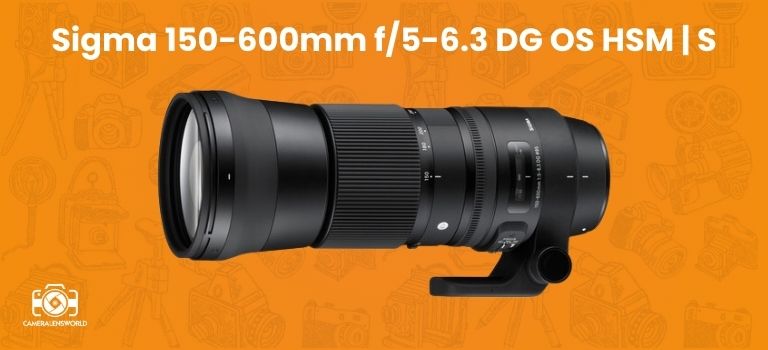
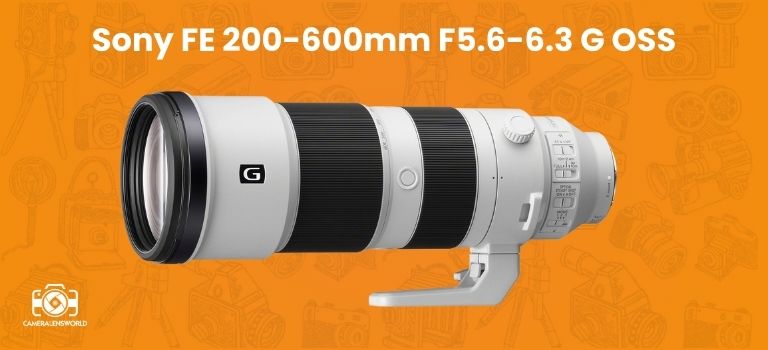
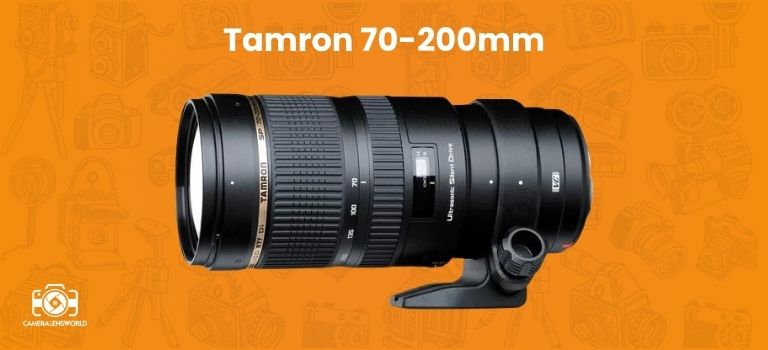
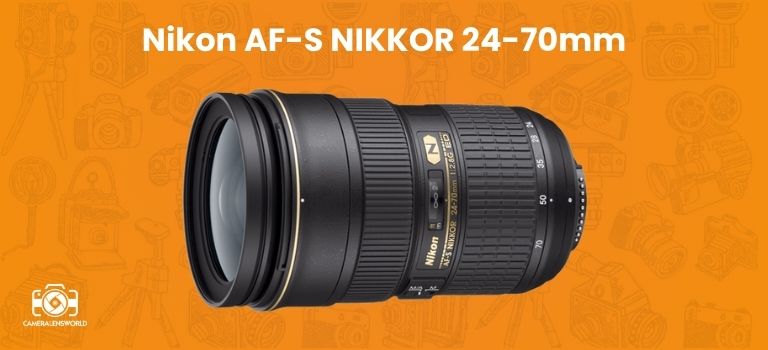
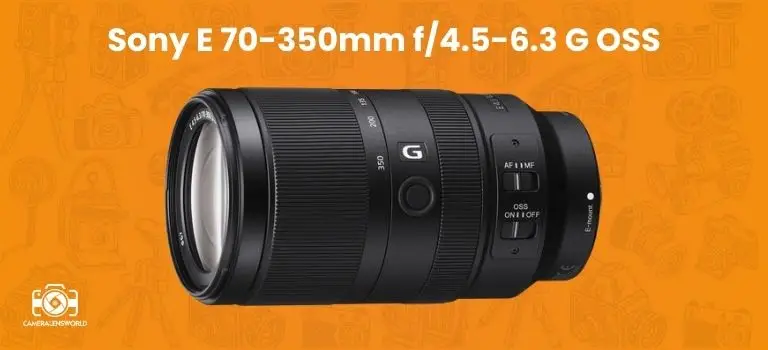
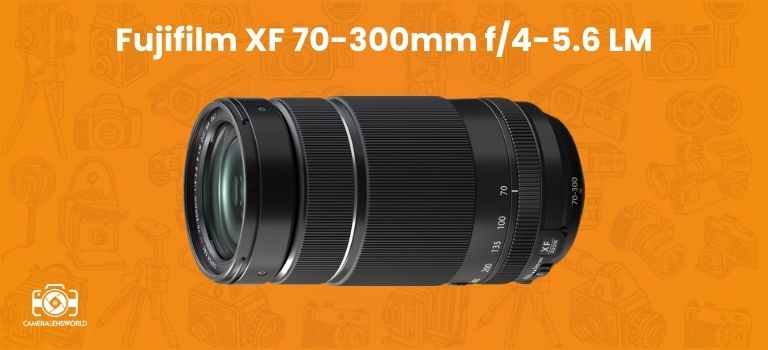

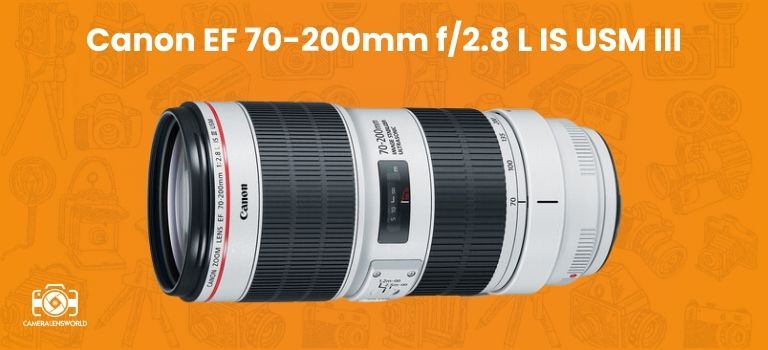
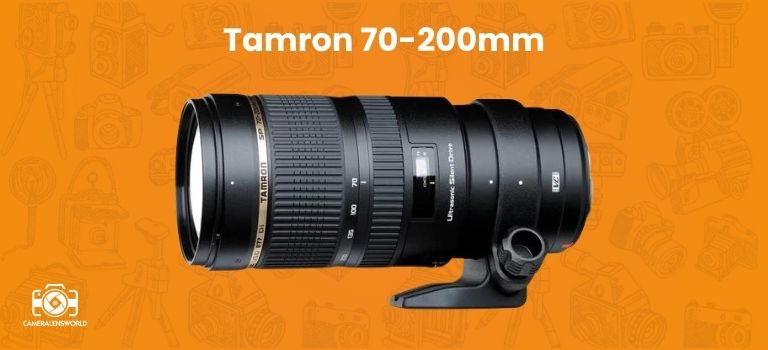


Leave a Reply
You must be logged in to post a comment.